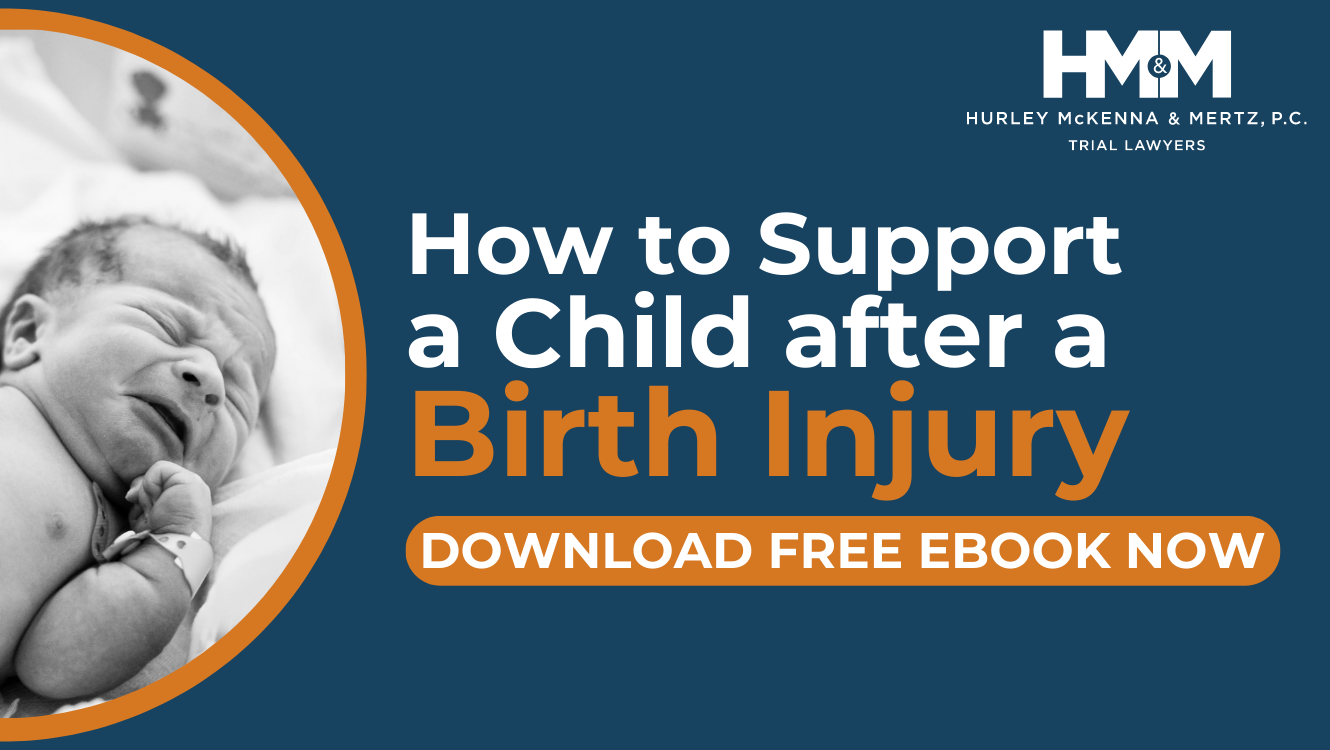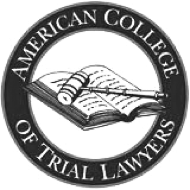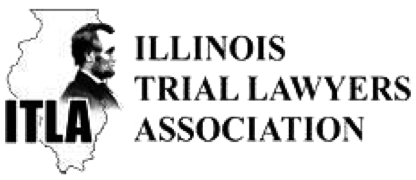Did you know that approximately seven out of 1,000 infants suffer a birth injury?
And those are only the numbers we know of immediately following birth, considering some children are diagnosed later in life.
Birth injuries can lead to long-term disabilities and can range from cerebral palsy to brachial plexus trauma. While birth injuries of all kinds can be devastating, it’s especially difficult when the injury is caused by medical malpractice.
Below, we explore four common types of birth injuries and the actions you can take to receive compensation for the financial and emotional losses you may have incurred as a result of medical malpractice.
Hypoxic-Ischemic Encephalopathy
Hypoxic-Ischemic Encephalopathy, or HIE, is a birth injury caused by asphyxia, or when an infant’s brain isn’t receiving enough oxygen or blood flow.
An infant can experience HIE if a hospital’s labor and delivery personnel fail to detect and treat certain conditions during labor: abnormal fetal position (i.e. breech position), placental abruption, preeclampsia, uterine rupture, umbilical cord compression after an amniotomy (artificial rupture of membranes), hyper-stimulation due to excess Pitocin use, delayed cesarean section delivery, difficult or long labor, or the improper use of forceps or a vacuum extractor during delivery.
While some infants may not experience any visible symptoms of HIE, its effects range from short- to long-term depending on the severity of the brain damage. These symptoms can include seizures, metabolic acidosis, low APGAR scores, poor cord blood gases, lethargy, irregular breathing, irregular heart rate, and blood pressure, no reflexes, a coma, paralysis, and more.
Many infants with HIE may also be diagnosed with cerebral palsy.
Cerebral Palsy
Cerebral palsy—or CP—is caused by a brain injury or damage to the central nervous system, and it is widely known to occur due to treatable and correctable issues during labor and delivery.
Birth complications that can lead to CP include HIE, oxygen deprivation, excessive labor induction medication, strong or frequent contractions, extended labor, experiencing head trauma during labor, improper use of forceps or vacuum extractors, and infections.
Those diagnosed with CP have difficulty controlling their muscles, and some common symptoms can include lack of balance or coordination, unusually tense or loose muscles, difficulty swallowing, difficulty with motor skills, speech or cognitive impairments, and developmental disabilities. Because infants don’t immediately perform these skills, cerebral palsy may be diagnosed later in life.
Brachial Plexus Injuries
The brachial plexus is a series of nerve fibers that transmit signals from the spinal column through the neck to the shoulders, arms, and hands. Brachial plexus injuries take place during childbirth and occur when an obstetrician uses too much force on the baby’s head and neck during delivery, especially when shoulder dystocia occurs. Shoulder dystocia occurs when an infant’s shoulder or shoulders become trapped in the mother’s pelvis. Known and accepted maneuvers are available to treat shoulder dystocia without harming the baby.
There are two types of brachial plexus injuries: Erb’s Palsy and Klumpke’s Palsy. Erb’s Palsy, caused when a doctor or midwife applies too much pressure on the baby’s head during delivery, is an injury to the nerves in the upper plexus that control the shoulders and arms.
Klumpke’s Palsy, in contrast, occurs when the baby’s arms become hyperextended during delivery, causing damage to the nerves in the lower plexus that control the hands, wrists, and forearms.
Both forms of brachial plexus palsy can lead to total or partial paralysis in the affected areas.
Preeclampsia-Related Conditions
Diagnosed in the mother typically after the 20th week of pregnancy, preeclampsia is characterized by high blood pressure. While the exact cause of this complication is unknown, pre-existing conditions like chronic hypertension, metabolic diseases like diabetes, and obesity have been common risk factors for preeclampsia.
Symptoms of preeclampsia include headaches, abdominal pain, shortness of breath, nausea and vomiting, confusion, heightened state of anxiety, oversensitivity to light, and blurred vision, among others.
When not treated immediately or correctly, preeclampsia can cause brain damage or cerebral palsy in the baby, and it can also increase the risk of heart disease, stroke, or death to the mother.
What To Do When Your Child Experiences a Birth Injury Due to Medical Malpractice
Birth injuries can transform what’s supposed to be one of the most exciting times for expectant parents into a stressful and debilitating experience. And because many of these birth injuries are not immediately apparent, it can be difficult to decide your course of action.
This is especially true if you suspect the birth injury in question occurred due to medical malpractice. One of the most legally challenging types of medical malpractice cases, a birth injury case requires highly experienced attorneys with a track record of real and demonstrable success in court.
If you’ve been a victim of medical malpractice and your child experienced a birth injury, it’s never too late to find a team of experienced birth injury attorneys to fight for your case so you can be compensated for the emotional, physical, and financial burdens you’ve faced.
Get Birth Injury Resources and Support
Did your child suffer a serious and permanent birth injury? Download our free birth injury ebook, which lists top support groups, de-mystifies medical jargon, and explains how to know when it’s time to seek justice through legal action.







